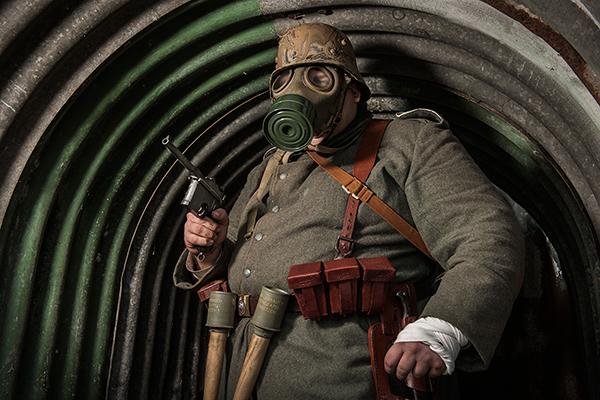Early British Hypo helmets offered limited but vital protection once the mask was dipped in chemicals to filter the gas.
Kleenex is one of those brands that is closely associated with what it produces. When needing a tissue, it is common for those familiar with the brand to ask for a Kleenex, even if the tissues at hand are Puffs or a generic store brand. Like Jell-O, the name is nearly synonymous with its product.
Kleenex did not get its start as a facial tissue, however. They weren’t even originally intended to assist people in blowing their noses.

Kleenex’s start dated back to the Great War, in which its parent company, Kimberly-Clark, started it out as a paper filter for gas masks. To date the Great War is the only major conflict in which gas was used.
A desperate move by the Central Powers to end the deadlock of trench warfare, it wasn’t long before both sides were violating international agreements by hurling shells of poison gas at each other.
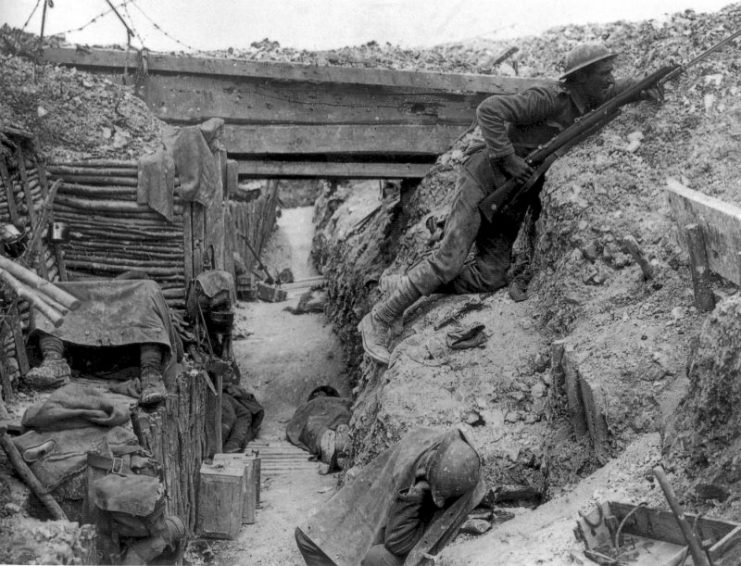
Various chemicals with frightening effects were unleashed on the soldiers, killing thousands and leaving thousands more with ghastly wounds scarring them as horribly as any shrapnel or bullet wound.
To defend against the gas required specialized equipment. The first gas attacks caught the Entente forces flatfooted, and their early defenses reflected that. Early British Hypo helmets offered limited but vital protection once the mask was dipped in chemicals to filter the gas.
Though the faceplate easily broke, the early mask’s protection offered something until a more durable mask could be developed.
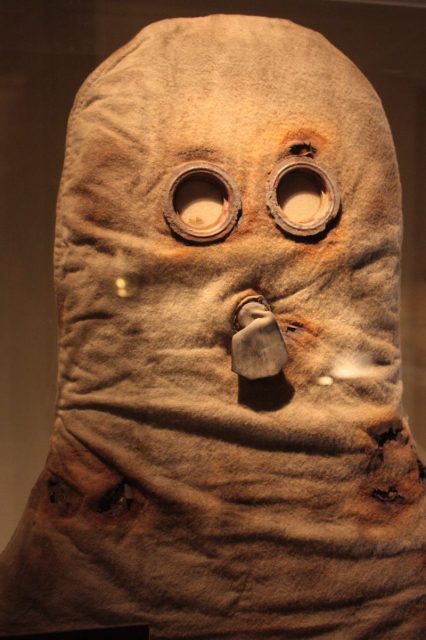
The iconic respirator-based gas masks that most associate with the Great War were introduced shortly before the Battle of the Somme, in April of 1916. These more complex, dependable masks used filters of various kinds to protect the wearer from gas.
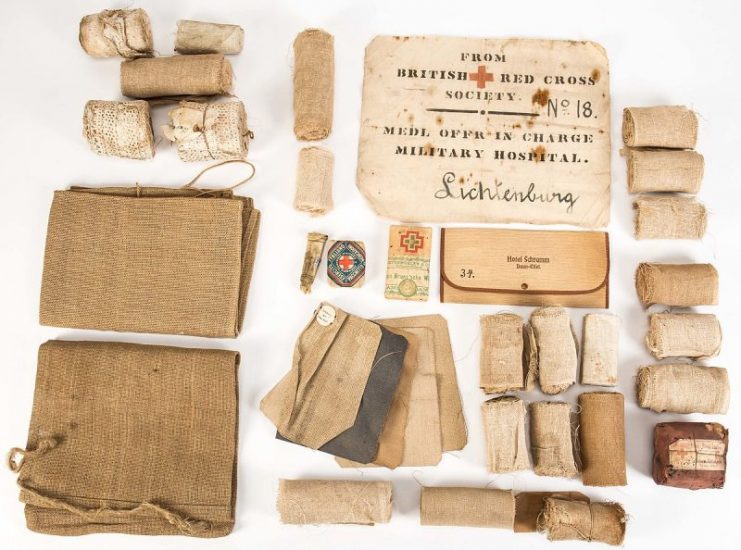
Enter the Kleenex. Kimberly-Clark, the parent company of the Kleenex, got its start as a paper company from Wisconsin in 1872. Several of the company’s technicians were in Europe when the Great War broke out. Fleeing back home, the company techs started developing new materials to aid the war effort.
Their product, based on wood pulp, became known as Cellucotton. More commonly known as cheesecloth UGG, the thin material made, appropriately enough, from wood cellulose, quickly found popularity in various war fields.
Even as early as 1915 cotton was in short supply on both sides, since it was needed for clothing and especially bandages. Products like the early Kleenex provided a much needed and highly effective substitute.
One use for cotton fabric was in the filters of early gas masks. Kleenexes proved to be a suitable replacement in those filters, thus providing a vital need during the war.
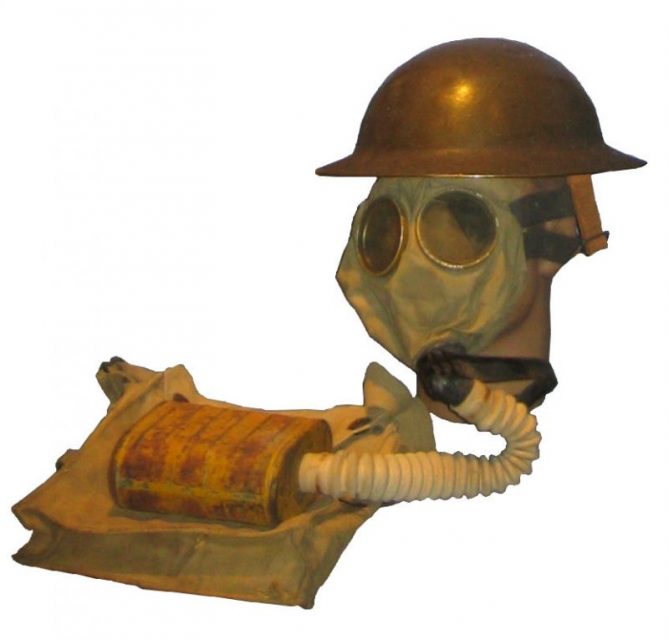
Another, less expected use for the Kleenex was discovered during the war as well. The tissues proved, as nurses quickly found out, to be a highly effective form of a menstrual pad. The company started discreetly selling the product under the name Kotex for this purpose.
The pads would continue to sell, and even served women in World War II as they entered the work force en masse.
Fortunately, the Kleenexes were not needed for gas masks in WWII, as one war with such a horrifying weapon proved enough even for the dictators of Europe. The tissues themselves grew popular for blowing people’s noses in the middle of the 1920’s.
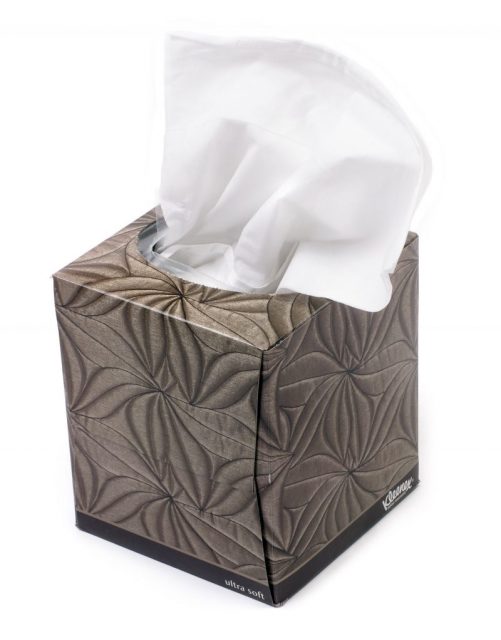
Though it was not their original intention, the future creators of Kleenex provided vital war materiel during a critical shortage of more common materials. “Necessity is the mother of invention” may be a cliché, but it is also true.
With material quickly running short, the inventive technicians at Kleenex’s company developed a new type of cloth-like fabric to fill that need. From gas masks to nurses’ hygiene, the tissues served the war effort in a variety of ways.
They would continue to sell even after the war, and, thankfully, they are no longer needed for combating chemical warfare.
